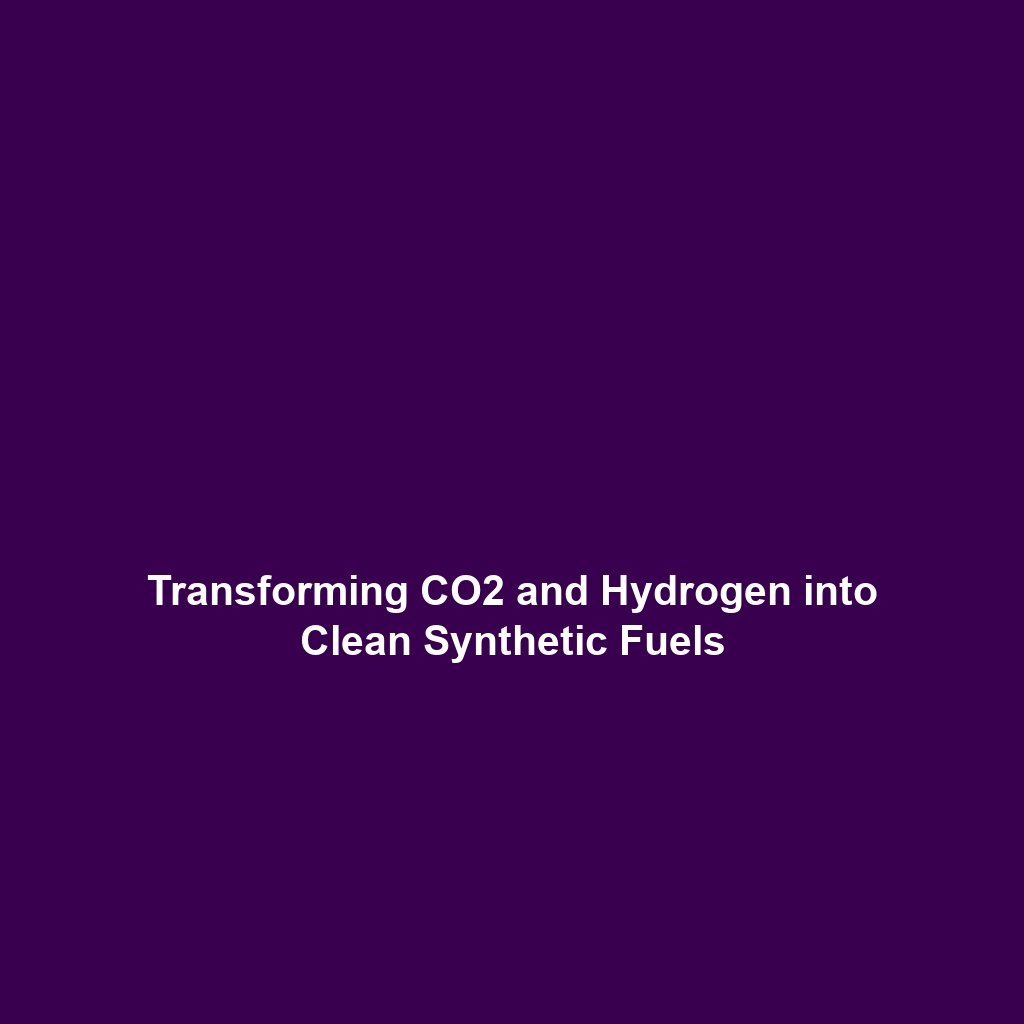Norway’s Sleipner Project: The World’s First Commercial CCS Project
Introduction
Norway’s Sleipner Project stands as a pioneering endeavor in the realm of Carbon Capture & Storage (CCS). Launched in 1996, this initiative is recognized as the world’s first commercial project dedicated to capturing and storing carbon dioxide (CO2). The significance of the Sleipner Project extends beyond its innovative technology; it serves as a model for future CCS initiatives globally. By preventing approximately one million tons of CO2 from entering the atmosphere annually, the project illustrates the potential of CCS in combating climate change and reducing greenhouse gas emissions.
Key Concepts of Norway’s Sleipner Project
At the heart of the Sleipner Project are several key concepts of Carbon Capture & Storage (CCS):
- CO2 Capture: The process begins with capturing CO2 produced during natural gas extraction, which would otherwise contribute to greenhouse gas emissions.
- Transport: Once captured, the CO2 is compressed and transported via pipelines to the offshore storage site.
- Geological Storage: The CO2 is injected into deep geological formations, specifically the Utsira Formation, where it is securely stored underground.
- Monitoring and Verification: Continuous monitoring ensures the integrity and safety of the stored CO2 over time, making sure it does not leak into the atmosphere.
Applications and Real-World Uses
The Sleipner Project highlights practical applications of Carbon Capture & Storage (CCS) technologies. Some significant applications include:
- Climate Change Mitigation: By capturing and storing CO2, the Sleipner Project contributes to global efforts aimed at reducing atmospheric greenhouse gas concentrations.
- Enhanced Oil Recovery: CO2 captured from projects like Sleipner could be utilized for enhanced oil recovery in other operations, thus potentially generating economic returns.
- Research and Development: The project’s extensive data collection supports ongoing research into more efficient and effective CCS technologies.
Current Challenges
Despite its success, the Sleipner Project faces several challenges and limitations, which are essential to consider:
- High Costs: The financial aspect of capturing and storing CO2 can be prohibitive, limiting widespread adoption.
- Public Perception: There is a level of skepticism regarding the safety and effectiveness of long-term CO2 storage.
- Regulatory Hurdles: Navigating the complex regulatory landscape can pose significant challenges for CCS projects worldwide.
Future Research and Innovations
Looking ahead, the Sleipner Project is set to inspire further innovations in the Carbon Capture & Storage (CCS) sector. Upcoming areas of research include:
- Next-Generation Capture Technologies: Innovations aim to reduce costs and increase the efficiency of CO2 capture methods.
- Validation of Storage Sites: New approaches are being developed to improve the assessment of geological formations for CO2 storage.
- Integrated Carbon Management: Research focuses on holistic strategies that combine various carbon management technologies, including direct air capture.
Conclusion
In summary, Norway’s Sleipner Project stands as a landmark example of commercial Carbon Capture & Storage (CCS), showcasing vital processes for reducing greenhouse gas emissions. Its contributions to environmental technology, coupled with the challenges and ongoing innovations, underscore its relevance in the fight against climate change. For more information on related topics, consider exploring our pages on related CCS projects or advanced CCS technologies.








